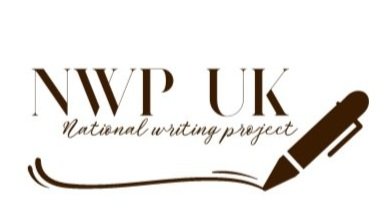Jenny Corser, Head of Junior English at an independent boarding school in Norfolk, writes about her switch from facilitator to writing participant through NWP, the joy of writing outside the curriculum, and her group’s transition to Zoom one year on from the onset of the Covid19 pandemic.
In every other way, I consider myself to be a ‘facilitator’ of learning. I create situations, tasks and environments to enable my students to write.
But belonging to an NWP group has taught me about the importance of me being a participant in my own classroom. The importance of writing alongside my students in order to share their experiences. To experience the fear of the blank page staring back at you, and then sense of accomplishment when you have completed a piece of creative writing.
How can we justify asking students to write if we are unwilling to model it ourselves? Without that, teachers could easily become hypocrites: “write a poem, but I’m not going to write one” and “read your poem aloud, but I am not willing to share mine.” It’s a bit like the doctor who lectures her patient to quit smoking, and then goes outside for a cigarette break!
Being an NWP writing teacher also replenishes me with inspiration.
Teaching is a rewarding, yet often draining profession in which we are constantly giving our precious time and energy to students. Belonging to an NWP group gives me time out of my busy week to be inspired with new ideas that I can easily adapt for the age groups I teach. Something else that NWP has given me is the permission and freedom to experiment with teaching techniques that are not necessarily on the school curriculum; for example, book or journal making. There is a real joy in watching students concentrate on sewing the binding of their book and then decorating the cover to make it their own.
Last week marked the one-year anniversary of our NWP group being on Zoom once a week. At first, I must admit I was skeptical. I could not see how it could translate from our lively monthly meetings gathered around the table at the University of East Anglia - with paper, glue, scissors, gel pens - to being muted on a screen.
But I was wrong!
Whether it is because we meet more regularly so no one feels they are writing ‘from cold’. Or because we are a close-knit group some of whom have been on writing residentials. Or because it avoids that mad rush out of the school gates, driving through traffic and searching for parking. Or perhaps it is because it allows us to write in our homes (perhaps with pyjama bottoms on!) where we feel most comfortable and relaxed. Whatever it is, the formula works.
Over the course of 52 meetings, I have filled two books full of poems, lists, drawings all of which I intend on sharing with my Department. As one member of the group recently commented: “it’s tonic.”


